Hawaiian ‘I’iwi Bird – The Nature Conservancy
This short observation was recorded at The Nature Conservancy’s Waikamoi Preserve on Maui. It shows one of the classic examples of co-evolution between a plant and a bird. The long bill of the scarlet ‘i’iwi (Vestiaria coccinea) and the curved, tubular flower of the blue ‘ōpelu (Lobelia grayana), a native lobelia have evolved together due to selective forces that increase the survival success of both species. In Hawai’i, honeycreepers and lobeliads evolved in an intricate interaction involving nectar feeding pollination […]

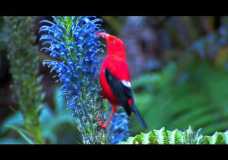
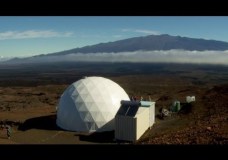
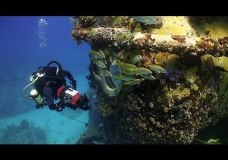
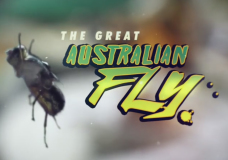



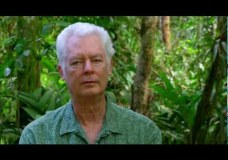
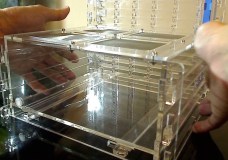
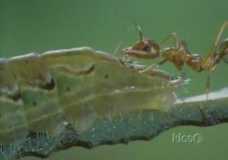


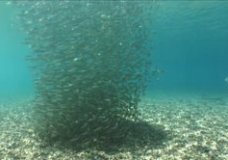
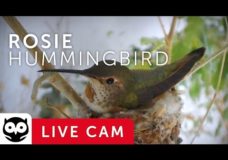
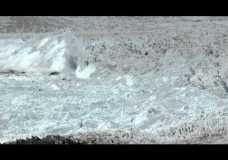

Recent Comments